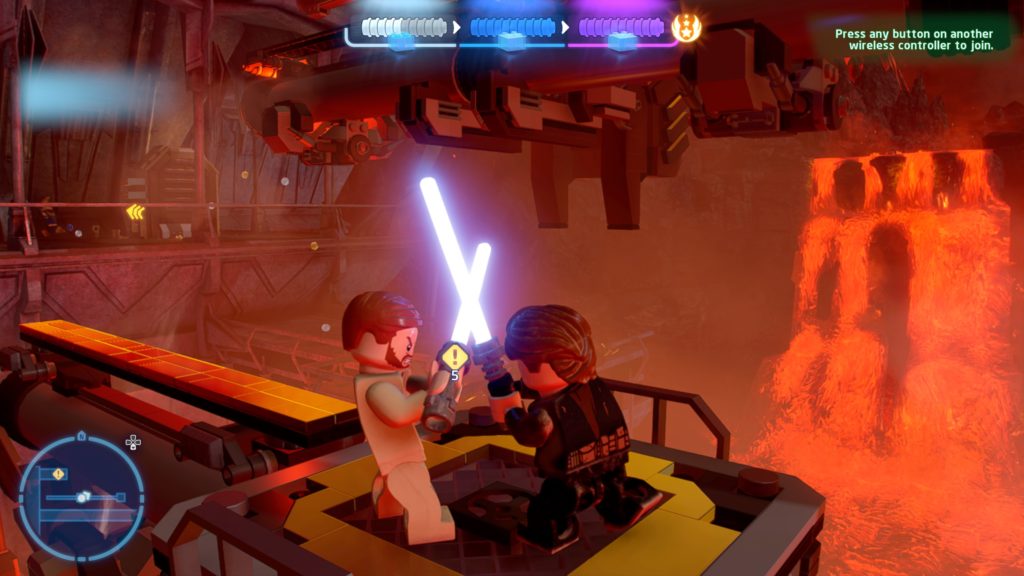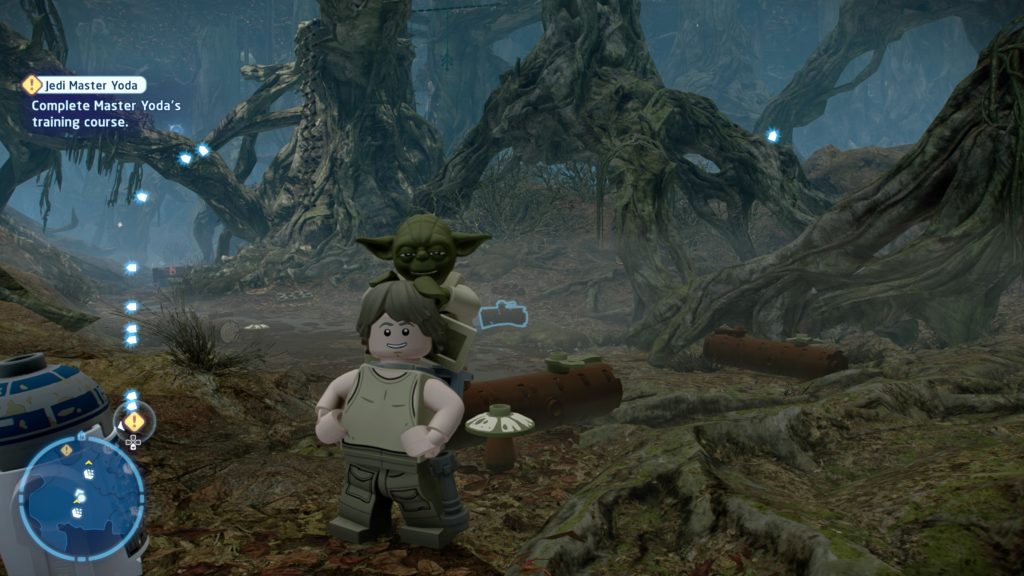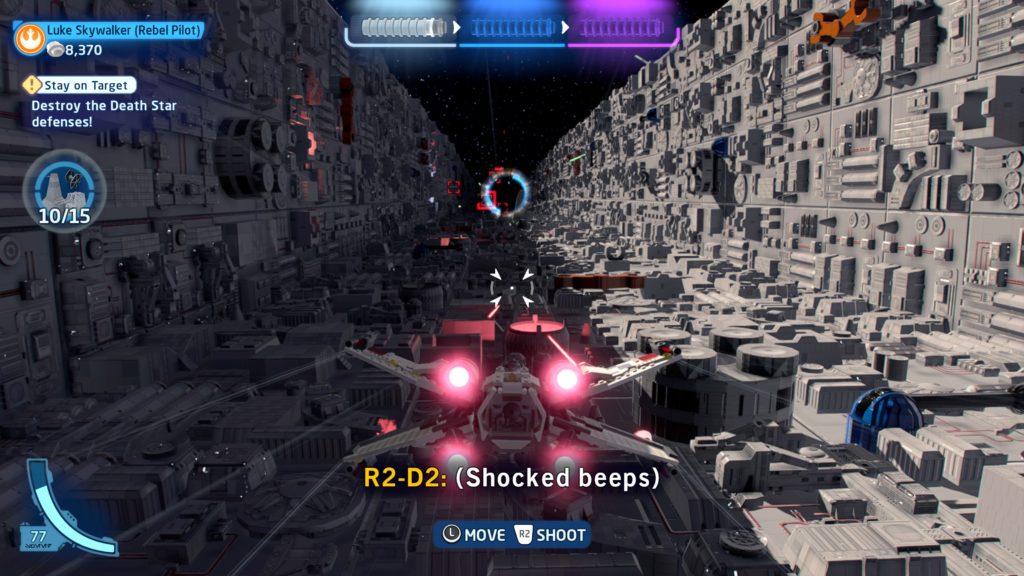- Genre: Action/Adventure
- Platform: PS5
- Also Available On: PS4, Switch, Xbox One, Xbox Series X|S, Windows
This is one of those rare situations where two types of games mixed together actually works out. The best way I can describe this is Link to the Past if it was a twin-stick shooter. At face value it doesn’t make much sense, but when you add in multiple weapons with upgrade paths you get enough of a power curve that it really fits into what you’d expect out of a Zelda style game.
It’s not too difficult to write this off as just a violent twin-stick shooter given the above video and that isn’t necessarily inaccurate. If you ignore the sort of story/meta game aspects of this, that is certainly a lot of it. The core twin-stick aspects are done really well. The guns are varied enough that you can find a set of weapons that both feel good to the pace of gameplay you want but still fit a bunch of different situations. Movement is tight in a way that you don’t often feel cornered while still giving you a get out of trouble dodge that you can use in tough situations. Basically, on its own the game probably would have been fun enough.
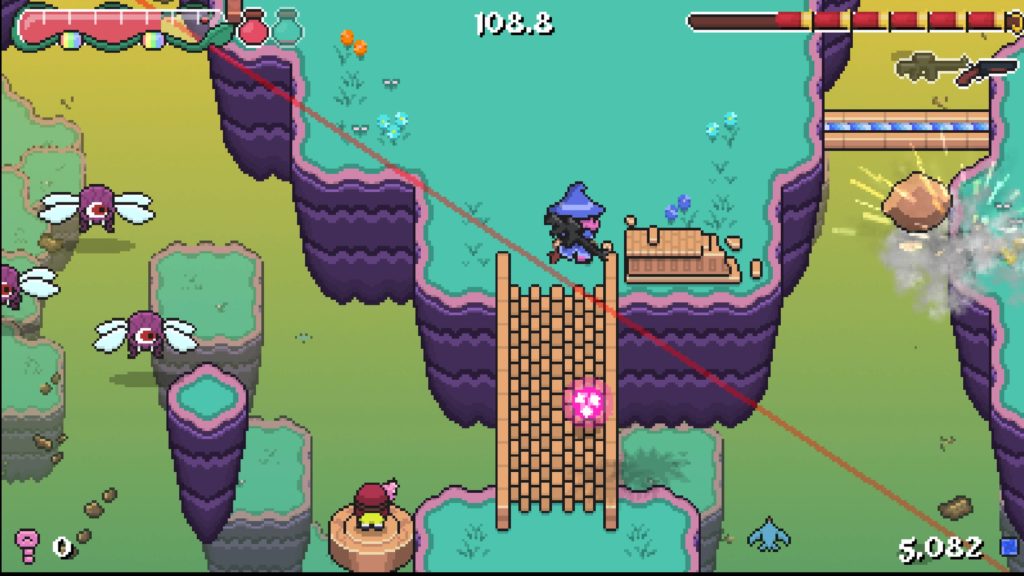
It’s where it starts to lean into its ARPG roots where it really starts to shine though. It’s not necessarily that it’s Zelda and full of items and stuff, but it brings in the things that make total sense within the gameplay at play here. The main overworld is definitely there, and that plays into the overall metagame. Besides getting cash from killing things, you’ve got weapon upgrades hidden all over the world that really encourage exploration. Those weapon upgrades then take cash to apply, which gets you into the main meta upgrade loop that worked so well in Zelda. There’s always a reason to be out killing things, so it never feels like wasted time even when you’re retraversing.
The dungeon loop is also the same, which is to say that it’s not really original but it’s still pretty fun. You still get keys, you still get a dungeon map, you still have some light puzzles, you still end the dungeon in a boss fight. Where they do kind of bend to something unique at least to this type of game is that the dungeons generally also have some kind of flying broom segment, where rather than being a twin-stick shooter you’re playing a vertical scrolling shooter. Again, it’s not necessarily that it’s unique on its own, but it brings an unusual little change to the gameplay to keep it fresh as you’re getting through things.
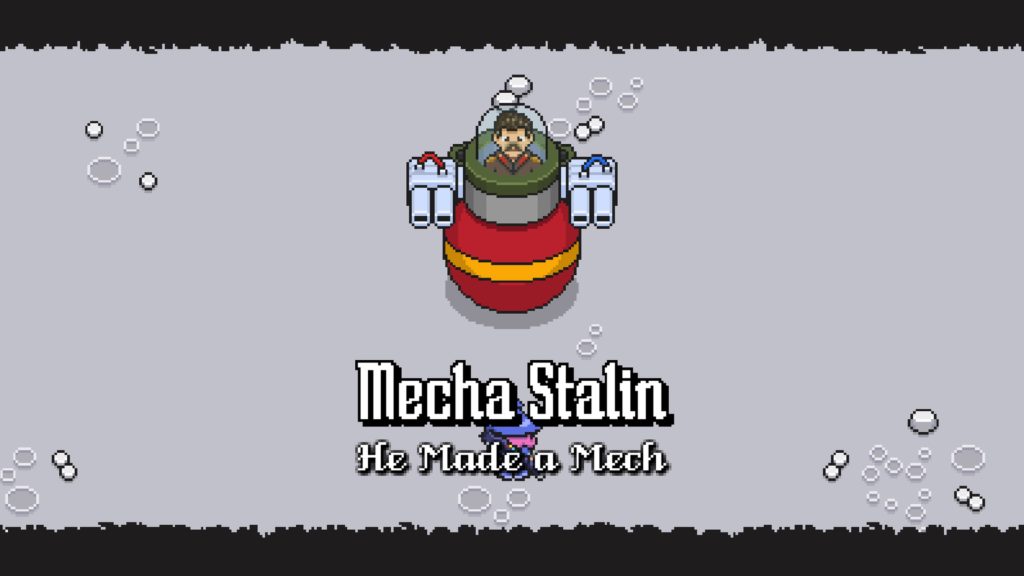
This is just one of those indie games that hits the right positive notes. It’s not that it’s incredibly unique, but it blends a few genres in a way that feels interesting without needing to push too many boundaries. It’s fast moving, tight to control, and doesn’t take itself seriously (….I mean come on, Mecha Stalin.). It’s super easy to just jump in and enjoy without really worrying too much about fussy mechanics, and after some of the longer games I’ve been playing recently it felt like just what I needed.


